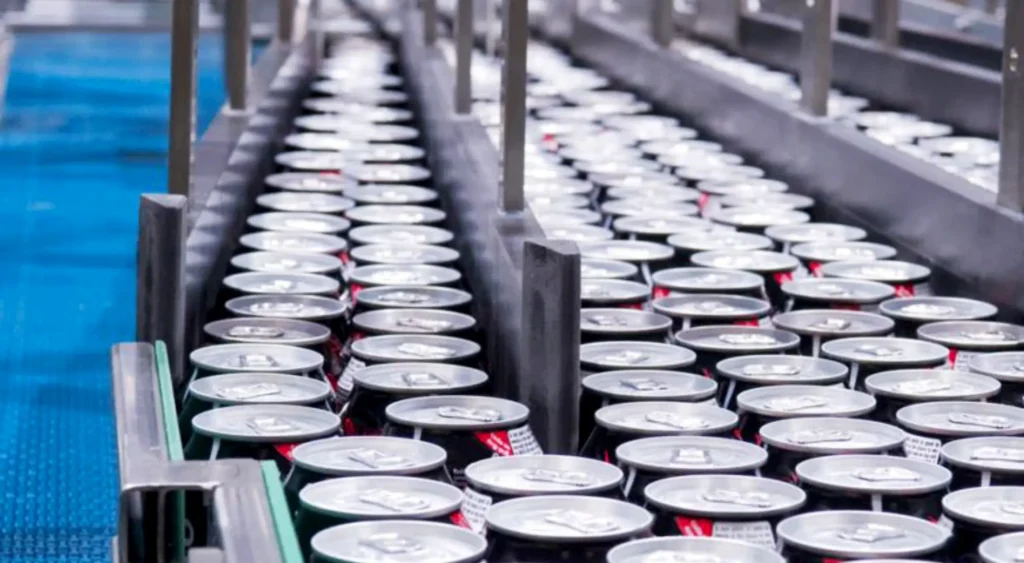
Ensuring a smooth food and beverage sterilization process is critical for product safety, quality, and shelf-life. It involves a holistic approach, encompassing proper equipment, validated processes, stringent hygiene, and well-trained staff. Here’s a comprehensive guide:
1. Understand the Product and Sterilization Method:
Product Characteristics: pH, viscosity, particle size, and heat sensitivity dictate the appropriate sterilization method. High-acid foods (pH ≤ 4.6) are less prone to harmful bacterial growth and may require less intense heat treatment (e.g., pasteurization). Low-acid foods (pH > 4.6) require more stringent sterilization to prevent dangerous contamination, including Clostridium botulinum.
Sterilization Methods:
Thermal Processing (Heat Treatment): Most common method.
Pasteurization: A milder heat treatment (e.g., HTST – High-Temperature Short-Time, LTLT – Low-Temperature Long-Time, UHT – Ultra-High Temperature). Aims to reduce pathogenic microorganisms and enzymes.
Sterilization (Commercial Sterility): More intense heat treatment (e.g., retort processing, aseptic processing). Aims to destroy all harmful microorganisms and spores, allowing for shelf-stable products.
Hot Fill Hold (HFH): Product is heated, filled hot into containers, sealed, and held at temperature.
Tunnel Pasteurization: Product is filled cold, then heat-treated in a tunnel with hot water or steam.
Non-Thermal Methods: Increasingly used for heat-sensitive products.
High-Pressure Processing (HPP): Uses high pressure to inactivate microorganisms.
Ultrasonic-Thermal Synergistic Sterilization: Combines ultrasound with heat for enhanced efficiency.
Electron Beam Sterilization: Uses electron beams to sterilize.
Irradiation: Uses ionizing radiation.
Filtration: For liquids, to remove microorganisms.
Chemical Sterilizers: Uses chemical agents like ethylene oxide (ETO), hydrogen peroxide.
2. Process Optimization and Validation:
Precise Time and Temperature Control: This is paramount. Deviations can lead to under-sterilization (safety risk) or over-sterilization (quality degradation). Use automated control systems and IoT-enabled sensors for real-time monitoring.
Heat Exchanger Selection and Maintenance: Heat exchangers play a crucial role in efficient heat transfer. Choose the right type (plate, tubular, scraped-surface) for your product. Prevent fouling in heat exchanger tubes, which can decrease efficiency and increase energy consumption.
Uniform Heat Distribution: Especially critical for products with particles or viscous liquids. Ohmic heating and scraped-surface heat exchangers can help achieve this.
Process Validation: Rigorously validate your sterilization process to ensure it consistently achieves the desired microbial inactivation (e.g., sufficient F0 value for commercial sterility). This involves calculating lethal effects and ensuring uniform heat penetration.
Parameter Optimization: Use scientific methods (e.g., genetic algorithms, simulation models) to optimize sterilization temperature, time, and other parameters to maximize efficacy while preserving product quality.
Minimizing Downtime: Implement lean manufacturing principles and efficient scheduling to reduce interruptions in the sterilization process.
3. Equipment and Facility Management:
Appropriate Equipment Selection: Choose sterilizers (autoclaves, UHT systems, HPP units, etc.) that are suitable for your product type, volume, and packaging.
Preventative Maintenance Program:
Regular Cleaning and Sanitization: This is foundational. Develop detailed cleaning plans and schedules. Use appropriate cleaning agents and methods for different equipment and soil types. Validate cleaning effectiveness.
Routine Inspections: Regularly inspect equipment for wear, damage, and potential issues.
Calibration: Calibrate sensors and control systems regularly to ensure accuracy.
Stock Spare Parts: Having essential spare parts on hand minimizes downtime in case of breakdowns.
Addressing Issues Promptly: Resolve equipment problems as soon as they arise.
Facility Design: Ensure plant layout supports efficient product flow and prevents cross-contamination. Consider hygienic design principles for equipment.
Water Quality: Use treated and potable water for sterilization processes to prevent contamination.
4. Hygiene and Contamination Control:
Good Manufacturing Practices (GMPs): Adhere strictly to GMPs throughout the entire production chain, from raw material handling to packaging.
HACCP (Hazard Analysis and Critical Control Points): Implement and maintain a robust HACCP plan to identify and control potential hazards, including microbial contamination.
Personnel Hygiene: Implement strict hygiene protocols for all staff, including handwashing, use of protective gear, and dedicated cleaning supplies.
Environmental Monitoring: Regularly monitor the processing environment for microbial contamination.
Cross-Contamination Prevention: Implement measures to prevent cross-contamination between raw and processed materials, and between different product lines. Use color-coded cleaning supplies and single-use items where appropriate.
5. Staff Training and Culture:
Comprehensive Training: All staff involved in the sterilization process must be thoroughly trained on:
Specific sterilization methods and equipment operation.
SOPs (Standard Operating Procedures) for cleaning, sanitization, and maintenance.
Food safety principles and the importance of sterilization.
Troubleshooting common issues.
Food Safety Culture: Foster a strong food safety culture where employees understand their role in ensuring product safety and are committed to adhering to all protocols. Management must lead by example and provide necessary resources.
Communication: Encourage open communication between departments (e.g., production and quality control) to quickly address any potential issues.
6. Quality Control and Documentation:
Batch Records: Maintain detailed records of each sterilization batch, including time, temperature, pressure, product details, and any deviations.
Microbiological Testing: Conduct regular microbiological testing of raw materials, in-process samples, and finished products to verify sterilization effectiveness.
Sensory and Nutritional Quality Assessment: Monitor the impact of sterilization on product taste, texture, color, and nutritional value to ensure optimal quality retention.
Regulatory Compliance: Stay informed about and comply with all national and international food safety regulations.
By diligently implementing these practices, food and beverage manufacturers can achieve a smooth, efficient, and reliable sterilization process, safeguarding product quality and consumer health.
At TST, we offer advanced process authority and validation services in support of thermally processed shelf-stable food products. Our teams are industry experts and come well-equipped with industry-leading thermal validation equipment